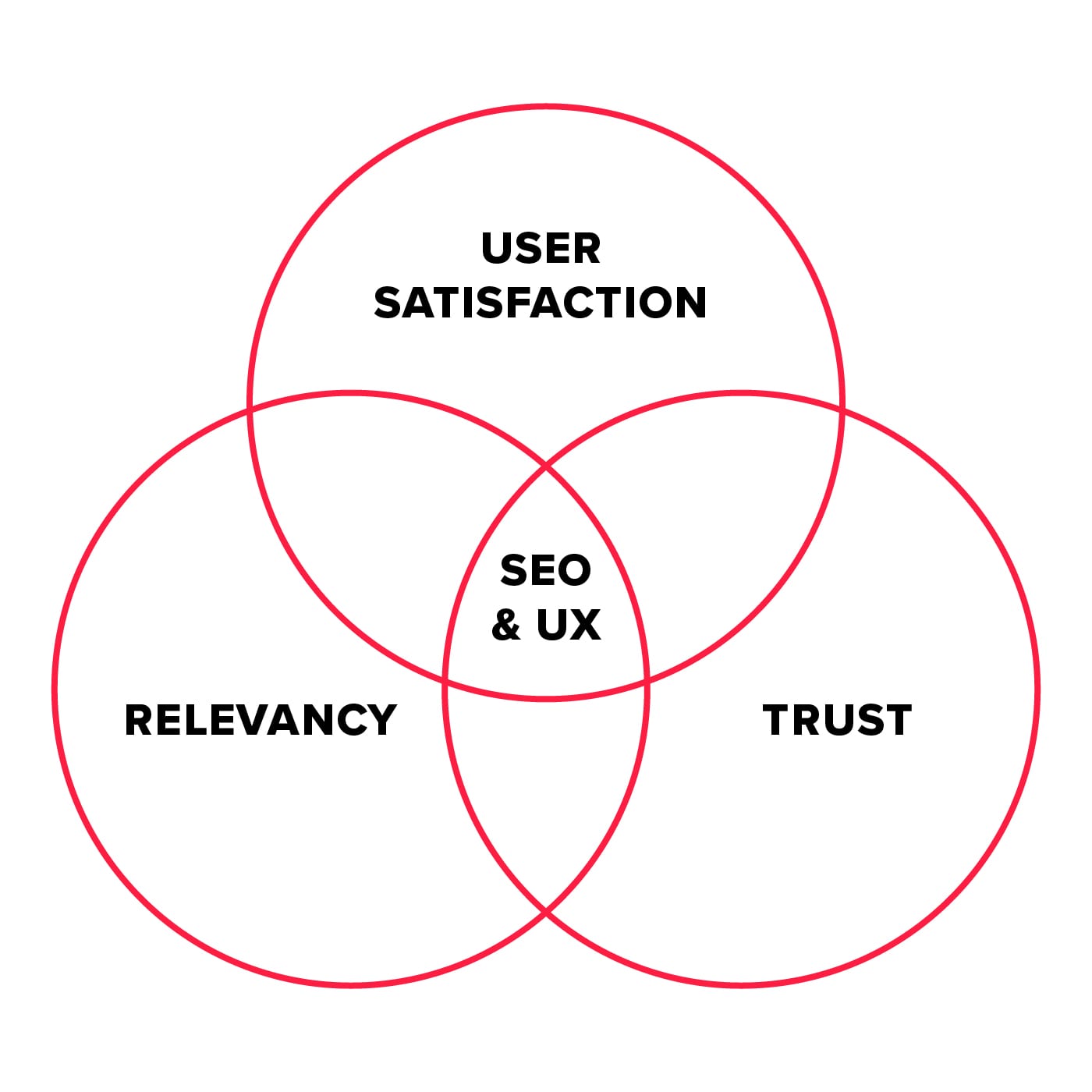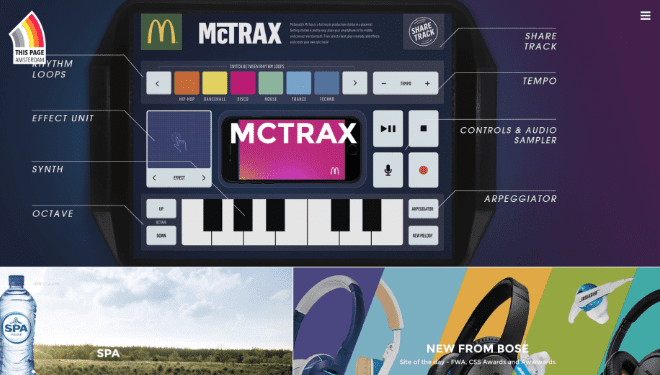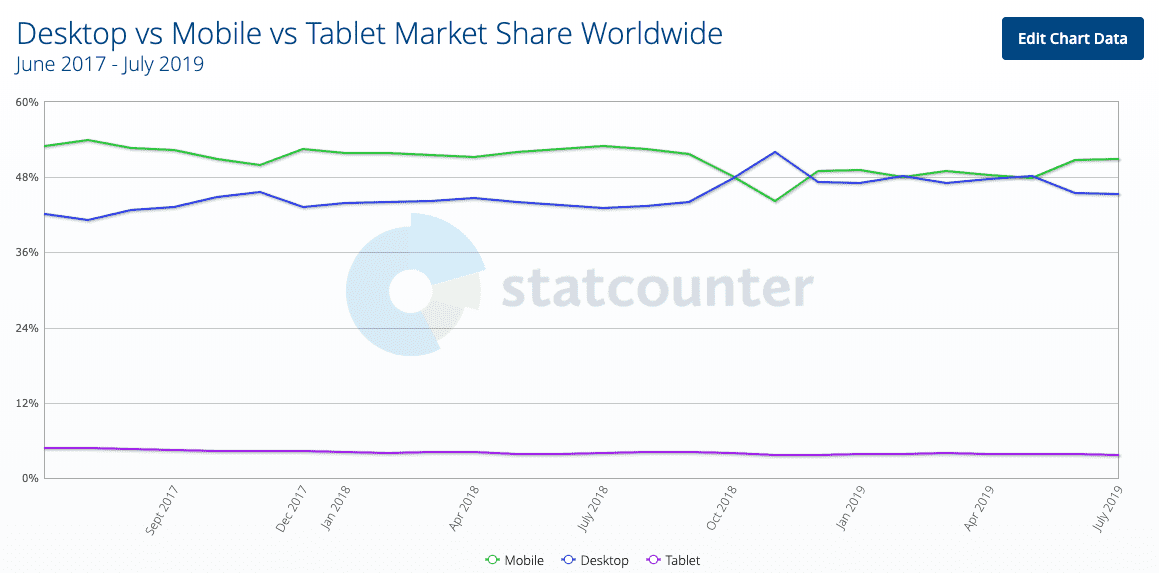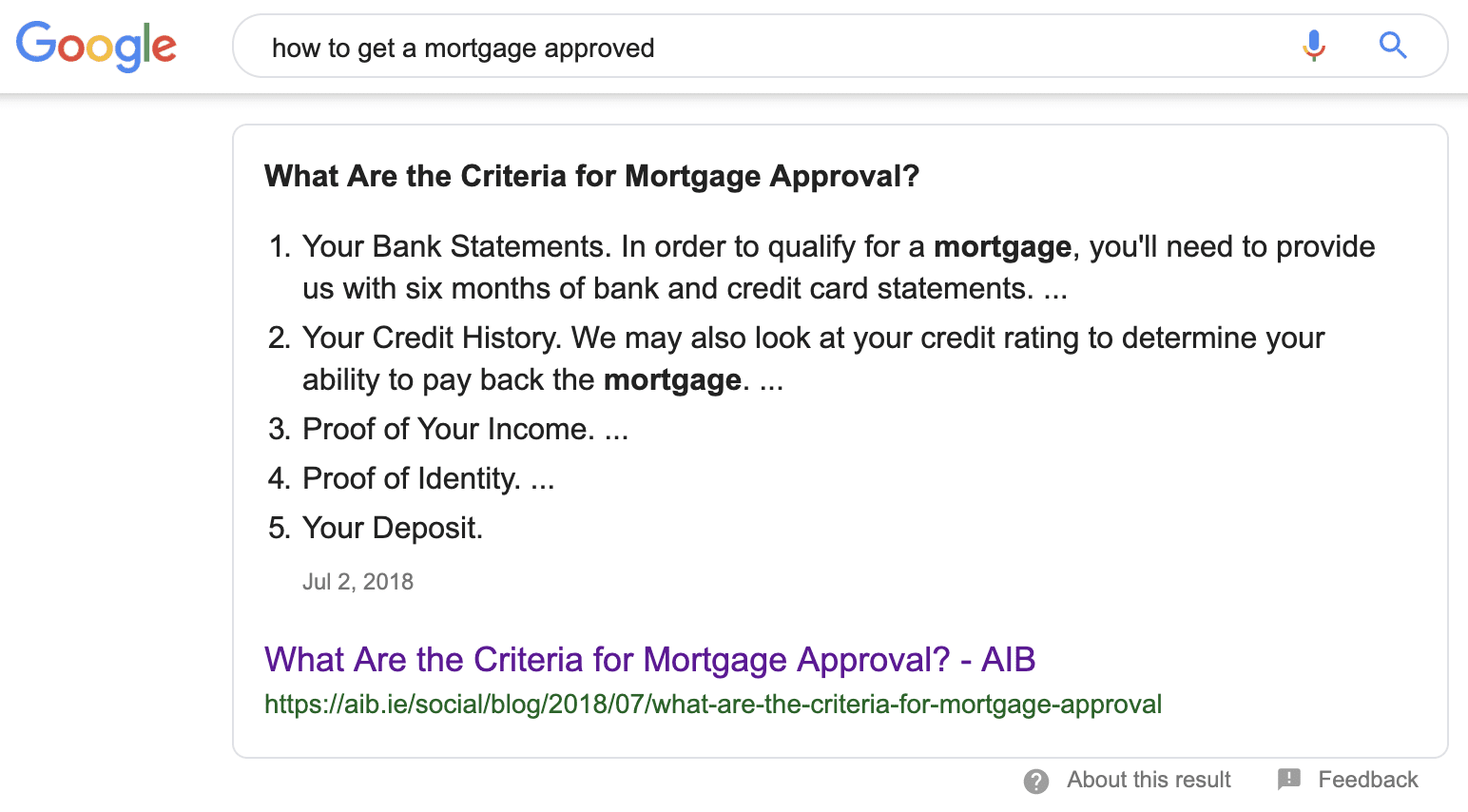SEO & UX: The Perfect Partners
UX and SEO, two disciplines within the digital realm that are powerful in their own right. But imagine the results when they work together?
This blog discusses how SEO and UX teams, even though working in different disciplines, can work together to achieve better results.
Although the fundamentals of both have predominantly remained the same, they have evolved over time. This evolution has been brought on by advancement in digital and internet technologies, and of course our own user behaviour.
In the age of data and analytics, both SEO and UX teams are increasingly reliant on data and the story it tells. In many cases this same data can tell a story for both.
Here at Friday, before we begin to plan out any SEO strategy, we always make sure to join forces with our UX comrades. Let’s explain why…
SEO: a brief history
The birth of SEO dates back to around 1997AD, but it didn’t really become popular in terms of a competitive marketing practice until the early 2000s. Back then the primary goal was to get users to your site, using whatever crude tactics were needed.
This meant a lot of practices such as keyword stuffing, a lot of link directories and some pretty ugly domain names. But this wasn’t always the fault of marketers, who only aimed to please the Google gods, so they could achieve the highest rankings possible.
Back then Google didn’t ask for much. Their algorithms were pretty basic in comparison to today’s Rankbrain. If your website had the most amount of relevant keywords, and the most amount of links (directories would suffice), and your domain name basically described exactly what you did, then you had a pretty good chance of appearing near the top of the search engine results page.
Fast forward a few years and things started to change. The requirements and number of ranking factors began to increase. With the introduction of Google’s Panda & Penguin algorithms, spammy SEO tactics would now hinder the organic performance of a website. In 2015, Google then introduced Rankbrain, a machine learning algorithm that focused on the relevancy of a user’s search query.
The main driving forces behind these changes were predominantly towards making improvements in website and content quality and improving user satisfaction, by matching their search intent and overall experience.
As users, we have naturally become more comfortable with the use of internet technologies. It has become ingrained in our everyday habits. We have become less tolerant of ugly, spammy websites that are geared to one thing – revenue! Also, it is our go-to resource for any problem we have.
As a result, our marketing efforts and SEO strategies have evolved to be user-centric.
UX: a brief synopsis
The term UX, was coined in 1993 by Don Norman of Apple. However, the practice and thinking has been around a lot longer. It dates back to the late 1940’s, early 1950’s when a team at Bell Labs began the design process by hiring a psychologist to help design a telephone touchtone keypad.
The modern practice of UX design can be described as the process of designing products that provide meaningful and relevant experiences, by improving the usability, accessibility, functionality, and desirability of product through positive user interactions.
It is the first step in the design process, The goal is simply to eliminate friction and pain points a user may come up against. The process should be clear, smooth and as simple as possible.
The UX design process is fuelled by in-depth user-centric research, which ultimately begins with understanding the context of their needs. As Dave said in one of his articles;
“Before design work begins we must identify, define and validate the problems that need to be solved.”
In other words, without research, there is no UX.
This same research can also fuel our SEO strategies. Before we can begin to create a content strategy or even think about what keywords we want to rank for, we must understand the users’ problems if we are to provide the solution.
SEO & UX: We want the same thing
SEO and UX teams are ultimately working towards the same unified goals for both the business and the user. Some areas where there are similarities and crossover are;
- Relevancy
- User Satisfaction
- Trust
Relevancy
We want to provide the user with relevant experiences. We want to ensure that when the user lands on our website, we are providing them with exactly what they want.
User Satisfaction
Upon landing on your website and consuming your content, we want the user to have a positive experience. Could they easily find what they were looking for? Did it give them the information they needed?
Trust
We want to create and build trust with our users. We do this by creating positive experiences, throughout their journey on the website. Whether this is through various interactions or providing informative, useful content.

“Trust is critical to creating a positive user or customer experience.”
UX & SEO working together & best practices
For any web build project, it is important for both UX and SEO teams to engage and collaborate early on. As mentioned, it is the research phase that will determine a successful end product. Some examples of how SEO and UX teams can work together are;
Speed
An SEO ranking factor of growing importance, and probably one of the most important factors from the first interaction with your users is site speed.
If your site is slow, you can forget users hanging around. We have little tolerance for slow and clunky websites. If you’re looking for some quick wins to speed up your website, optimise the following;
- Minify CSS Files – this will be dependant on the original build of the website. For developers, this can be a quick fix or painstaking. It’s worth discussing with your developer first to see how long this process will take.
- Optimise Images – probably one of the easiest things to do is to compress existing large images. For e-commerce sites, this is one sure way of speeding up the load time of those product pages.
- Serve Scaled Images – try and upload images that are specific to the dimensions on the website.
- Content Delivery Networks – also known as a CDN, this will reduce your server load times and deliver higher quality content faster.
- Lazy Loading – this can help reduce the initial startup time and uses less memory.
- Reduce Redirects – by reducing the number of redirects you are ultimately reducing the potential wait time for a user before they see the fully loaded page.
- Leverage Browser Caching – this prevents browsers from having to reload files and stylesheets repeatedly if a user has already visited the site. This means the site should load quicker upon their second visit.

**Google Lighthouse performance test
Information architecture & navigation
This is crucial from a technical SEO perspective. A shallow navigation reduces crawl depth, ensuring bots can effectively crawl the website and all pages get their fair share of link equity. It also informs search engines of the importance of core pages.
From a UX point of view, the information architecture ensures they can navigate your website as easily and seamlessly with as little effort as possible.
For example, using a burger menu as the primary navigation on a desktop site will confuse users and only add barriers to further interaction. We did a test to prove this a while ago, check out the results.

Search intent
Make sure your keyword research and content strategy are shaped around the user’s intent. If the UX team is carrying out research where they get face to face with your audience, this can be extremely valuable in terms of defining what problems, needs and wants your target audience groups have.
This research can help shape the content you create. Using content models such as AIDA, align the content to the user journey. Don’t just produce transactional content, get in front of your users early on in the journey with informative and useful content. Capturing the users attention early on and giving them a positive experience will make the conversion process a whole lot simpler.
Content optimisation
A big part of providing satisfaction through content is how it looks and feels. The content you produce should be beautifully presented and easy to digest. It should not only be informative, but also engaging. This can be done through the page design and any functionality within it. Some factors to consider when assessing user satisfaction;
- Is the content easy to digest on mobile as it is on desktop?
- Is there adequate and consistent padding?
- Is there good use of images and video?
- Is there good use of headings and subheadings?
Over the past 2 years there has actually been a growth in popularity and the need for UX Writers in large organisations. These UX writers collaborate with design and marketing teams to produce long-term content strategies that give users an experience from start to finish.
Mobile responsive
In a mobile-first world, your website needs to be responsive. One of the most dissatisfying experiences for someone is landing on a website where the content doesn’t fit the dimensions of their mobile device. With 50% of all web traffic coming from mobile devices, this really isn’t up for discussion.

Internal linking
A valuable practice in SEO is creating a strong internal linking strategy. It enables the strategic passing of link juice from high authority pages to pages that may need a boost in performance.
One of the key factors for strong internal links is the use of anchor text. Where it makes sense to do so, you should use descriptive and contextual keywords that naturally link from one page to another. This helps the search engine understand the context of the link. Don’t over-do it though, or they will begin to look silly. They are for the user first and foremost.
From a user’s perspective, the use of good descriptive and naturally occurring internal links helps them navigate and explore the website effortlessly. Also, make sure you don’t have any broken internal links, nobody wants to land on a 404 page.
Titles, descriptions & SERP features
Going beyond the website and extending the user experience to the search engine results page, we as SEOs can leverage the use of titles and descriptions. The SERPs can, in many cases, be the first interaction a user has with your website.
It is the perfect opportunity to engage with them. Keywords are obviously a key component in your titles, but be sure that they match the intent of the user and the linked landing page. Use the research data collected in your digital strategy.
With more visual elements now available on the SERPs, it also gives SEOs further opportunity to attract, engage and create positive interactions with users.

User-centric ranking factors & measuring success
As SEOs, we need to consider the various ranking factors Google takes into account. With Google’s Rankbrain focused on the user’s intent, we need to be aware of what signals and metrics that determine success. Broadly speaking, we need to monitor interactions and engagement metrics.
Some top-level metrics include;
- Click-Through Rates – as mentioned the SERP can sometimes be the first point of interaction a user has with your website. Analysing your rankings is one thing, but you should be assessing how you can improve your organic CTRs.
- Bounce Rate – as Google wants to ensure results match a user’s intent, an important metric for us as SEO’s to monitor is bounce rate. For example, if there is a consistently high bounce rate on certain pages, you may need to evaluate whether the appropriate keywords are matching the user’s intent.
- Pages Per Session – a great way to evaluate whether users are engaged with your website and content is monitoring the number of pages they explore.
- Dwell Time – the amount of time from when a user clicks on a search result to when they leave to go back. It’s related to bounce rate and average time on site. The best way to assess whether your dwell time is improving is by ensuring the bounce rate is decreasing and the average time on site is increasing.
Conclusion
You can no longer ignore the link between good UX and organic performance. Google has consistently given us hints about the impact of certain user experience elements, from page speed to engagement metrics and page and content layout. A recent poll by SEO Dejan, asked his global following of SEOs if “Good UX impacts rankings?” The results showed that 94% SEO believe that good UX impacts rankings in some way, whether directly or indirectly.
Is UX something you’ve considered in your SEO strategy?



